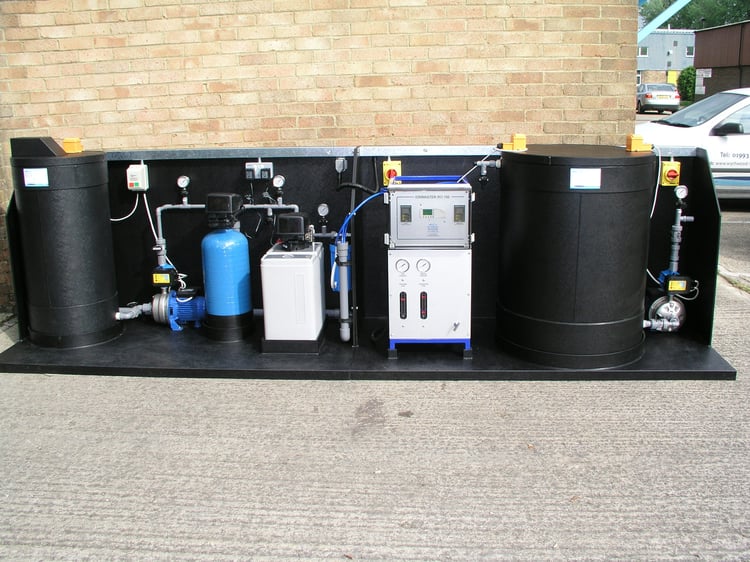Replacing a purified water system is a big capital investment - but there are also significant costs associated with trying to keep outdated, obselete systems going longer than their natural lifespan. So how do you know when it's time to replace your purified water system, rather than just repair it?
Let's consider some of the key factors that will affect your decision:
Life Span
The life span of purified water systems is variable depending on the industry involved and the standards required. A reasonable life span of a system is 15 years. However, there are plenty of 25+ year old systems in operation.
Consumable Costs
It is always sensible when considering large consumable replacements on plants of a considerable age to consider the cost of the replacement items against the cost of the system or plant replacement. The general condition of the equipment and the predicted life span are factors. There are also other factors such as the equipment involved may have developed and improved which provide other benefits in replacement. If for instance a large Deionised water plant requires replacement Ion Exchange resins, but the plant is 10+ years old and in fairly poor condition, there may well be a case to say the capital is better invested in new equipment. In the case of Reverse Osmosis plant RO membranes have developed in both fouling resistance and energy consumption. These maybe factors which drive the decision to upgrade rather than replace.
Control System Obsolescence
Control system condition and function are something which very often drive the decision to replace. Electronic items within control systems do become obsolete as component manufacturers frequently upgrade. The users expectation on what a control system will provide has also increased and changed. Integration into building management systems is one example where companies requirements have changed
Improved Efficiency
Ion exchange resins, Reverse Osmosis membranes and CDI stacks have all developed and improved in operating performance and efficiency. Today’s RO membranes require much less pressure to operate them, which results in smaller pumps and much less energy consumption. Today’s Deionised water plants can regenerate in much less time, developing less rinse water and effluent.
Distribution System
Most purified water systems have some form of distribution system. In any critical application there will be a purified water distribution ring main. Distribution systems do require upgrading and in some critical situations completely replacing. Some industries will also change the specification of the materials used in the distribution system which result in a complete replacement.
Regeneration Chemicals
The use of regeneration chemicals in purified water systems can lead to plant degradation if chemical fumes are not removed and the devises used to do so maintained. This in itself can reduce plant life and end in the requirement to replace the plant completely.
Technology Upgrade
The desire to remove the use of chemicals. To remove the need to discharge a chemical effluent. To replace a chemical exchange plant with a membrane technology. To install continuous electro deionising process are all very good reasons to replace and upgrade a purified water system.
Excellent Advice And Design
One thing is very clear, there is no substitute to good advice from a specialist company when considering replacing or upgrading a purified water plant. To find out more about our capabilities, go to www.wychwood-water.com or request a FREE Water Purification Site Assessment and we will come and visit your premises to inspect your current plant.











 We are a specialist independent company involved in water purification and water treatment technologies
We are a specialist independent company involved in water purification and water treatment technologies


